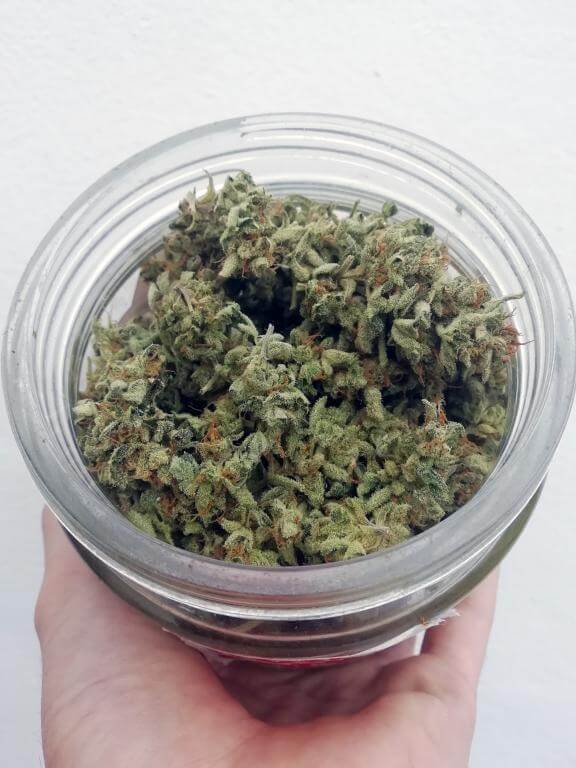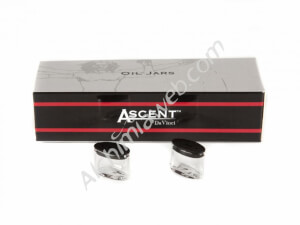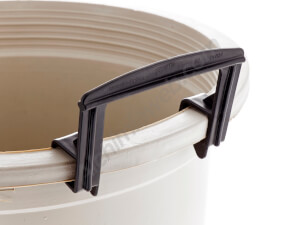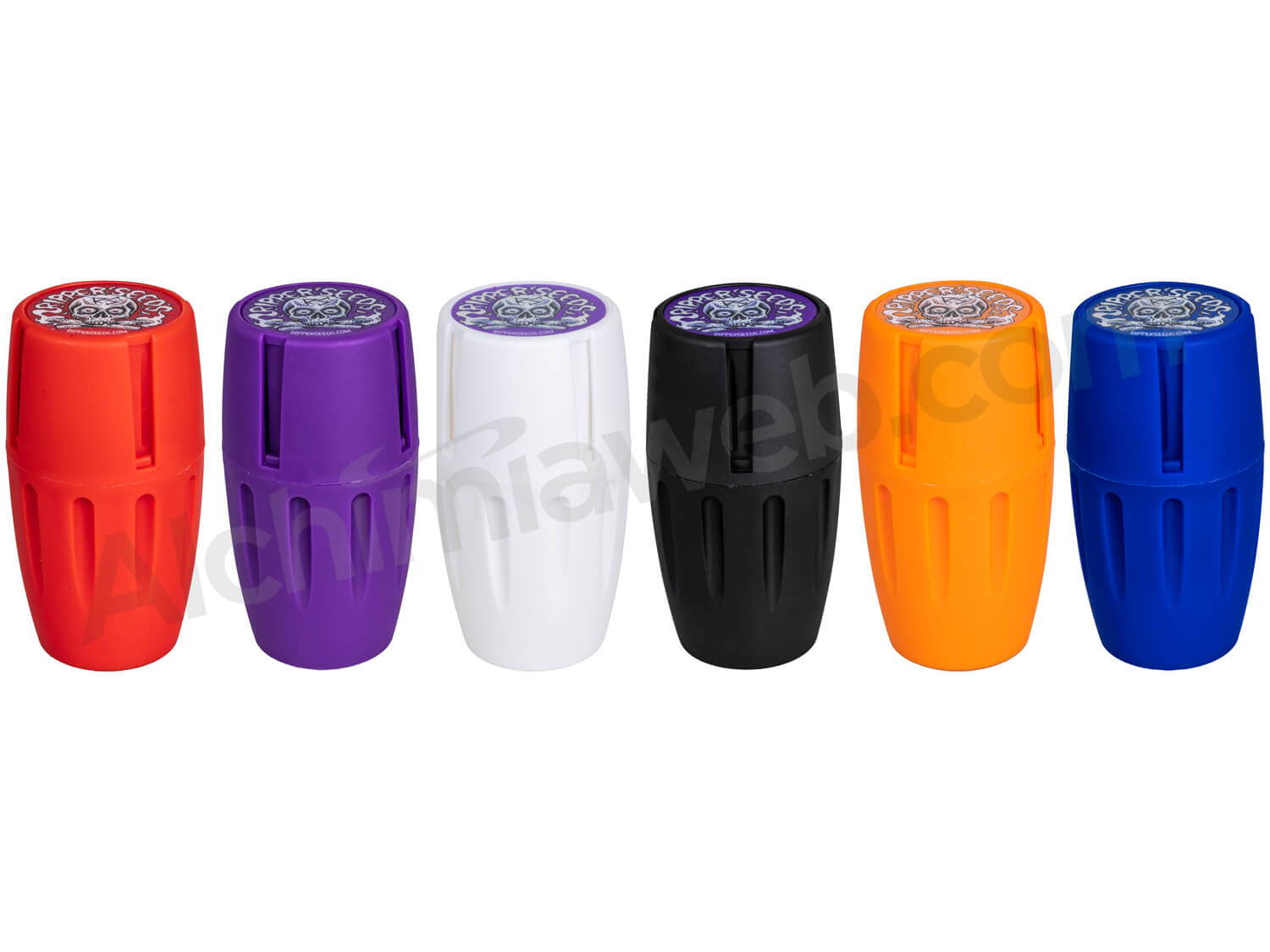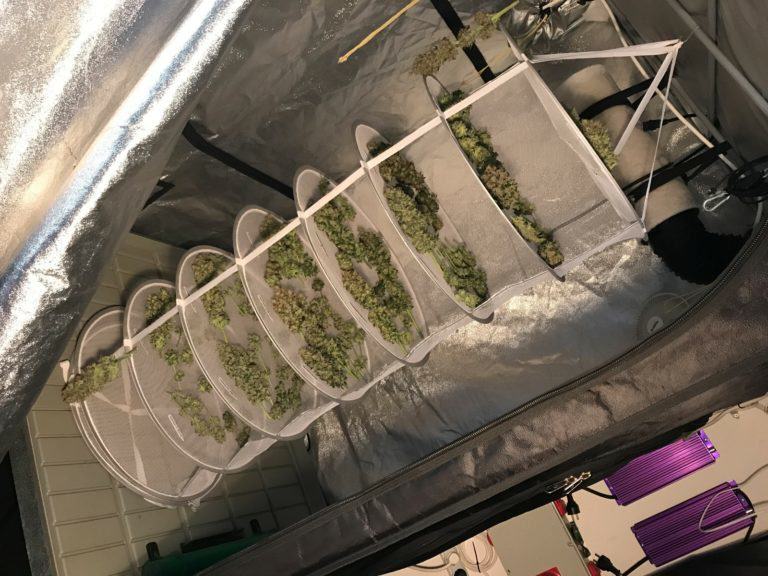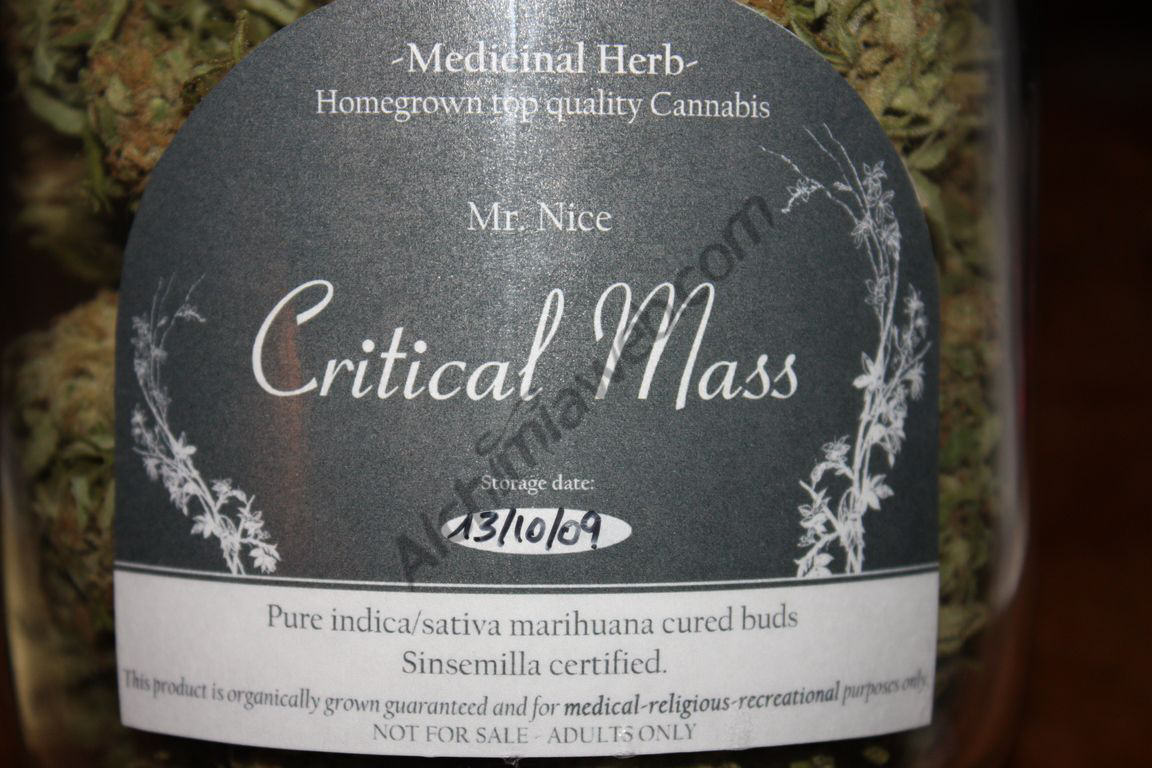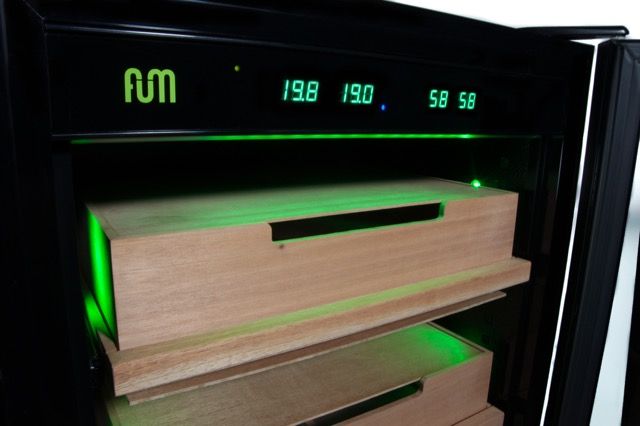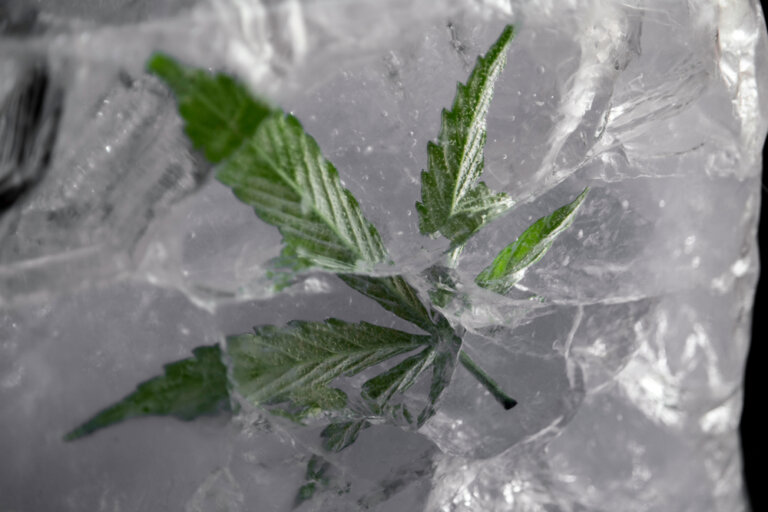Curing cannabis
List of contents
When the buds are ready for harvest, the grower's work is not yet done. The cannabis flowers must still go through the drying and curing process to ensure the highest quality in the final product. Properly drying and curing improves the smell and taste of the buds, and the effects feel more potent. It also reduces the harshness of the smoke. If you started with great genetics and have cared for your cannabis plants properly throughout their life, then curing is what makes the difference between "just okay" and buds worthy of winning any trophy. And while you can't cure a badly grown plant, you can certainly ruin a well-developed one, so it's important to get it right.
Why do we cure cannabis?
In the broadest sense, curing cannabis is no different from curing meats, other plants, or any other food. It is a preservation technique that aims to make the final product more stable over time. Fresh cannabis flower is prone to the same degradation as any other perishable product, so it must be dried and cured before it goes into the storage jars.
But while curing food often involves a variety of tools, ingredients, and techniques, curing cannabis is a simpler process that only involves the careful and gradual removal of moisture, while allowing the decomposition of sugars and chlorophyll (which taste terrible when smoked) before consumption, which is vital to the shelf life and quality of the final product. In this way, the cannabis flower reaches the desired state, eliminating the unpleasant smell of freshly cut weed that is common in fresh buds and bringing out subtle flavors and unique aromas.
When growers dry their buds, they often hang branches of the cannabis plant upside down or on drying racks, until the outsides of the buds are dry and the small stems snap when you bend them. When it's time to cure the buds, they are cut from the branches and placed in containers. Both processes require a cool, dark environment for optimal results, and meticulous attention helps growers produce consistent, good-quality harvests.
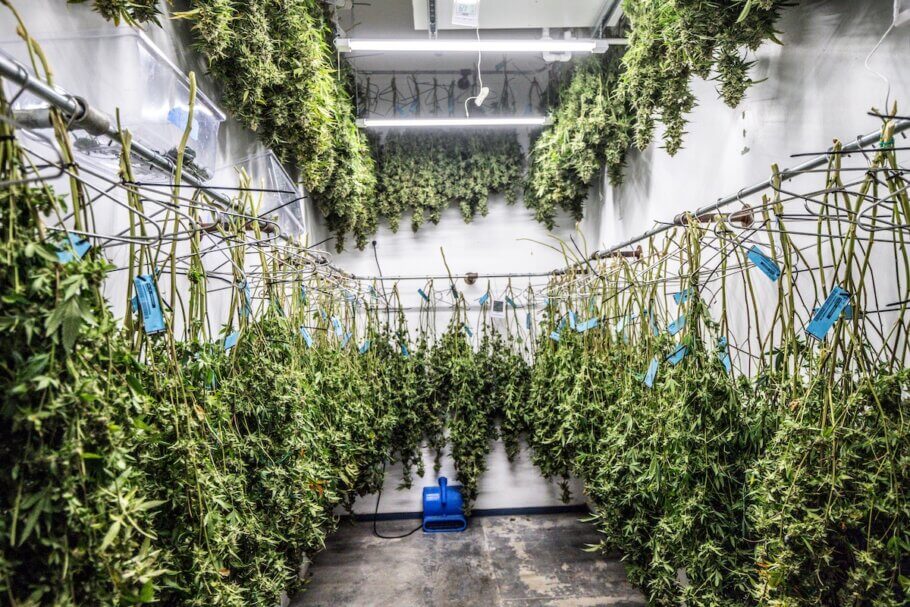
Why is it so important to cure cannabis buds?
Curing is a crucial step in ensuring that cannabis flowers remain stable, but it is also important for several other reasons:
- Properly drying and curing buds helps to optimize the shelf life of cannabis. When cured with patience and care, buds can last for a year or more without losing flavor or potency, as they are less prone to mold formation, as well as resulting in weed that smokes smoother and induces a more pleasurable and balanced experience for the consumer.
- Curing improves the aroma and flavor of cannabis by encouraging the breakdown of by-products in the buds after they are first harvested, as they still contain sugars and starches stored by the plant for growth. After harvest, the plant begins to degrade as enzymes and aerobic bacteria break down these excess sugars and starches. Curing cannabis essentially forces the plant to consume the remaining sugars, starches, and nutrients before they have had a chance to dry out and become trapped inside the plant. The presence of these leftover sugars and minerals is what causes the burning sensation in the throat that is noticeable when smoking cannabis that has not been properly cured.
- Growers who properly cure their cannabis produce buds that smoke smoother, smell more appealing, and taste more delicious. Terpenes provide this delicious smell and taste, but these molecules are very fragile, as they can degrade and evaporate quickly. Careful preservation of terpenes through curing allows the unique aromas and flavors of cannabis to shine through. While many consumers still demand the highest level of THC available, connoisseurs looking for a premium product know that terpenes are king.
- Furthermore, during the initial drying and curing process, the buds will continue to change in their molecular composition. This is because cannabinoid synthesis (the process of creating these chemical compounds) continues even after harvest. And when weed is properly cured, these cannabinoids can be fully developed before being suspended in that state. For example, when freshly harvested cannabis flowers are kept at the right temperature and humidity, the non-psychoactive cannabinoids will continue to transform into THCA, an acidic precursor to psychoactive THC, resulting in a higher concentration of this cannabinoid product, helping not only to preserve a plant's potency but to increase it, which is a great benefit if you have invested time and money in growing great genetics.
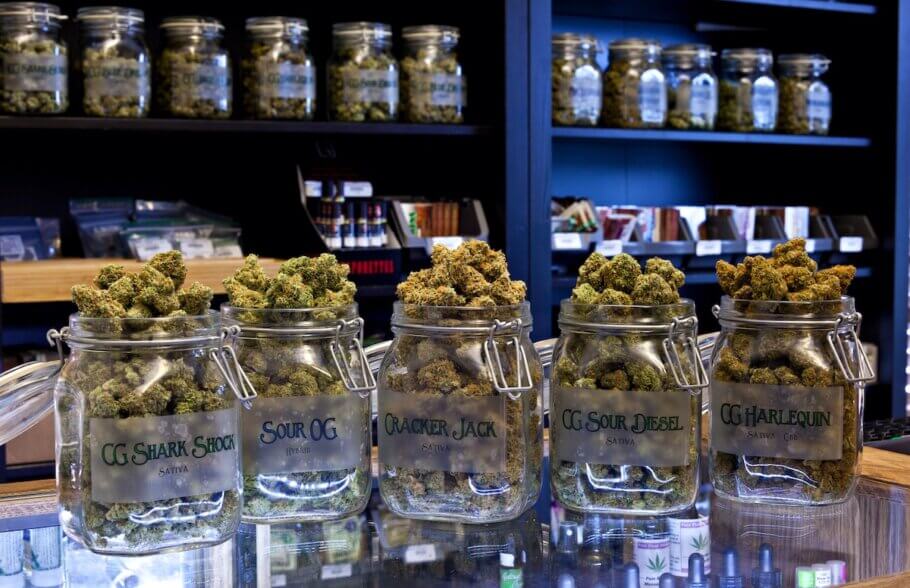
How long does curing cannabis take?
The time it takes to properly cure cannabis can vary greatly depending on the genetics being grown (in fact, each individual plant will produce buds of different sizes and densities) and the environment in which it is grown. Numerous factors influence the time frame, such as humidity levels, temperature, burping method, and curing containers also play an important role. If the curing vessels and the room fluctuate in temperature and humidity, the process can take much longer.
Over time, the sugars and chlorophyll in the herb gradually break down. This is why old, dried cannabis is no longer green: all the chlorophyll, which gives the bud its color, has decomposed. If this process happens too quickly, not only will the sugars and chlorophyll in the flower disappear: the terpenes will too, taking all the flavour with them. The curing process ensures that the sugars and chlorophyll in the flower are broken down slowly, without affecting the terpenes. Therefore, while curing usually takes three to eight weeks, some growers will cure their flowers for more than six months. Most will agree that patience is an important part of this process, as slow and controlled curing will give the best results.
Curing can be compared to the ageing process of products such as wine and cheese. Although instead of a fermentation process, when curing grass, the main focus is on moisture.
What is the ideal humidity for curing cannabis?
Maintaining a constant level of humidity in the curing pots is an imperative part of the process. Ideally, humidity levels should be between 45% and 65%. A great tool for measuring the levels inside the containers is a digital hygrometer: they are easy to use and can be found relatively inexpensively in our shop. If during curing you find that the humidity levels are not within the optimal range, you can make adjustments. If the humidity is too high, you should leave the containers open for half a day or more before resealing them and checking them again the next day. If humidity levels are too low, you can add a humidity control sachet, such as those offered by the Boveda brand, to raise them.
What is the ideal temperature for curing cannabis?
Temperature can also affect the degradation of cannabis in different ways, hence cannabis should be cured at relatively cool temperatures: around 20-22°C. Higher temperatures encourage cannabinoids to begin to decarboxylate and/or break down when exposed to prolonged heat. Higher temperatures mean that cannabinoids begin to decarboxylate and/or break down when exposed to prolonged heat. Some of the cannabinoids, such as THCA, first lose their carboxyl ring in this process and are converted to THC, which can eventually also be degraded to CBN by prolonged exposure to high temperatures. Therefore, in most cases, proper curing will change the subjective effects of the buds. There is something that occurs during a slow curing process that alters the exact composition of cannabinoids and terpenes, and this changes how the buds make you feel.
Cannabis decarboxylation
Today we are going to delve into the cannabis decarboxylation process, by which cannabinoids lose their acid form and "activate" many of their properties. This is an essential process when preparing cannabis edibles, so they have the desired effect, and a basic step to make the best recipes.
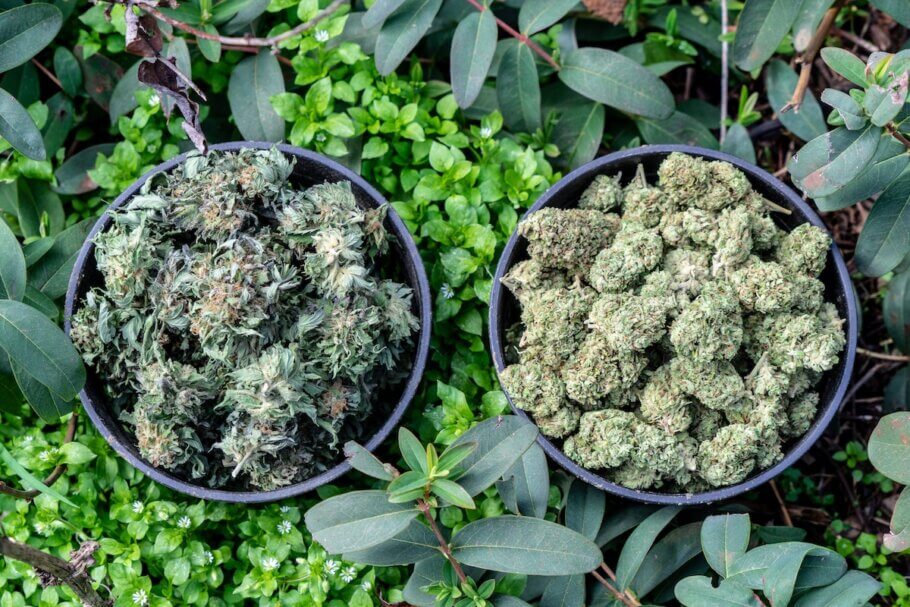
How to cure cannabis correctly
Simply storing your weed in jars is not enough to say that you have "cured" it to perfection. To do it properly, there is still work to be done in the first few days after cutting the plants.
The transition from drying to curing
The curing process starts by properly drying the cannabis buds. While some growers choose to remove the buds from the branches immediately after harvest to dry them, others prefer to leave them on the branches and trim their buds after their initial drying. When the dried stems break like brittle twigs, the cannabis is ready to be cured. If the stems bend like live plants, give them more time. Usually, 1 to 2 weeks of drying is enough, depending on environmental conditions.
A dark, airtight curing environment
Avoiding exposure to light prevents the degradation of key molecules, like THC and terpenes, in the cured buds. Whereas temperature and humidity have a considerable impact on cannabis degradation, high exposure to ultraviolet light and oxygen can cause the most damage in the shortest possible time. Airtight glass containers are most commonly used, but you can also use ceramic, metal, wood or opaque plastic jars. THC, when in a highly oxidised environment, will convert to CBN more quickly, so it is important to regulate both oxygen and light levels when curing your flowers.
3- Store the buds in containers for curing
When the cannabis is dry and ready to cure, the buds should be kept in airtight containers that are only filled to 75% of their capacity - it's important to leave some space for airflow. One way to test if the buds are ready for curing is to shake the jar after filling it with buds: if they move freely, they are probably ready for curing. If shaking the jar causes the buds to clump together, the outside of the buds may need to dry out more. Also, on the first day you will notice that the buds are no longer as crisp and dry on the outside, as the moisture inside the flowers rehydrates the outer portions. If this is not the case, you have over-dried your cannabis.
Monitor the temperature and humidity levels
During at least the first week of the curing process, it is advisable to check the buds twice a day to see if any mold has developed. Open the lids for about five minutes at a time to allow gases (ethylene, CO2, etc.) to escape and fresh oxygen to enter the jars while monitoring humidity and temperature levels with the thermo-hygrometer. Another thing: if the opened jars emit a smell of ammonia when they are opened, it is likely that you will need to reduce the humidity levels in the room or leave the jars open for longer periods of time.
After the first few days, if your cannabis stock is curing properly, the jars should be opened briefly once a day for at least the next two weeks. After these two weeks, you will only need to open the jars once every few days. Different strains require different conditions and curing periods, so it is important to do your research before attempting to cure specific strains.
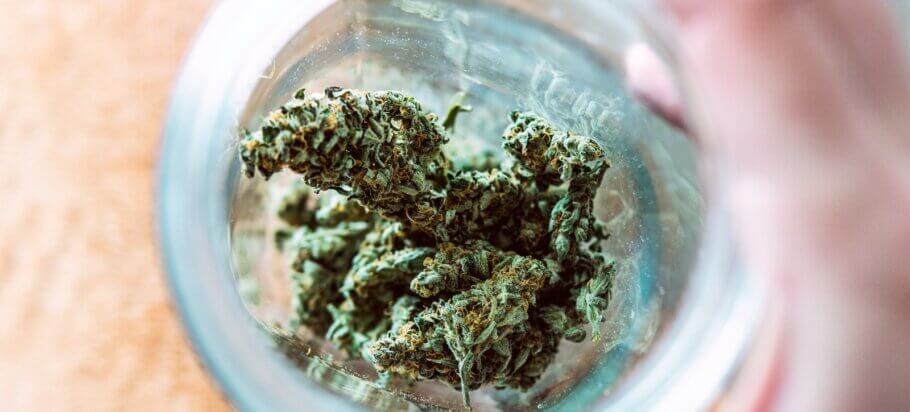
Try some of the buds after 3 weeks
This is where the curing process gets fun. After about three weeks, your buds should be well-cured and ready to smoke. That said, longer curing periods (up to six months) will further enhance flavor and potency with noticeable changes in quality. It's entirely up to you, but in the case of curing, patience is a virtue. So go ahead and smoke the flower to see if it is smooth, tasty, and enjoyable. If not, just cure some more.
Long-term storage of cured buds
Once the flowers are cured, the ideal storage conditions are much the same as the ideal curing conditions: cool, dark, and with relatively stable humidity. Keeping the buds in an airtight container, such as the jars you cured them in, is fine. Another good option is airtight jars that have a vacuum system that perfectly seals them so that the outside conditions won't influence their contents.
Curing cannabis is the final and most critical step in the growing process, properly preserving not only your weed but also safeguarding the flavor and potency of the cannabis. Curing allows for additional THC synthesis after harvest and preserves the terpene profile while allowing bacteria to chew up excess starches and bitter compounds. Since curing is the last step before smoking, it can be tempting to rush the pace, but patient growers will be well rewarded with that smooth, flavourful smoke that makes all the difference in high-quality cannabis.

















































